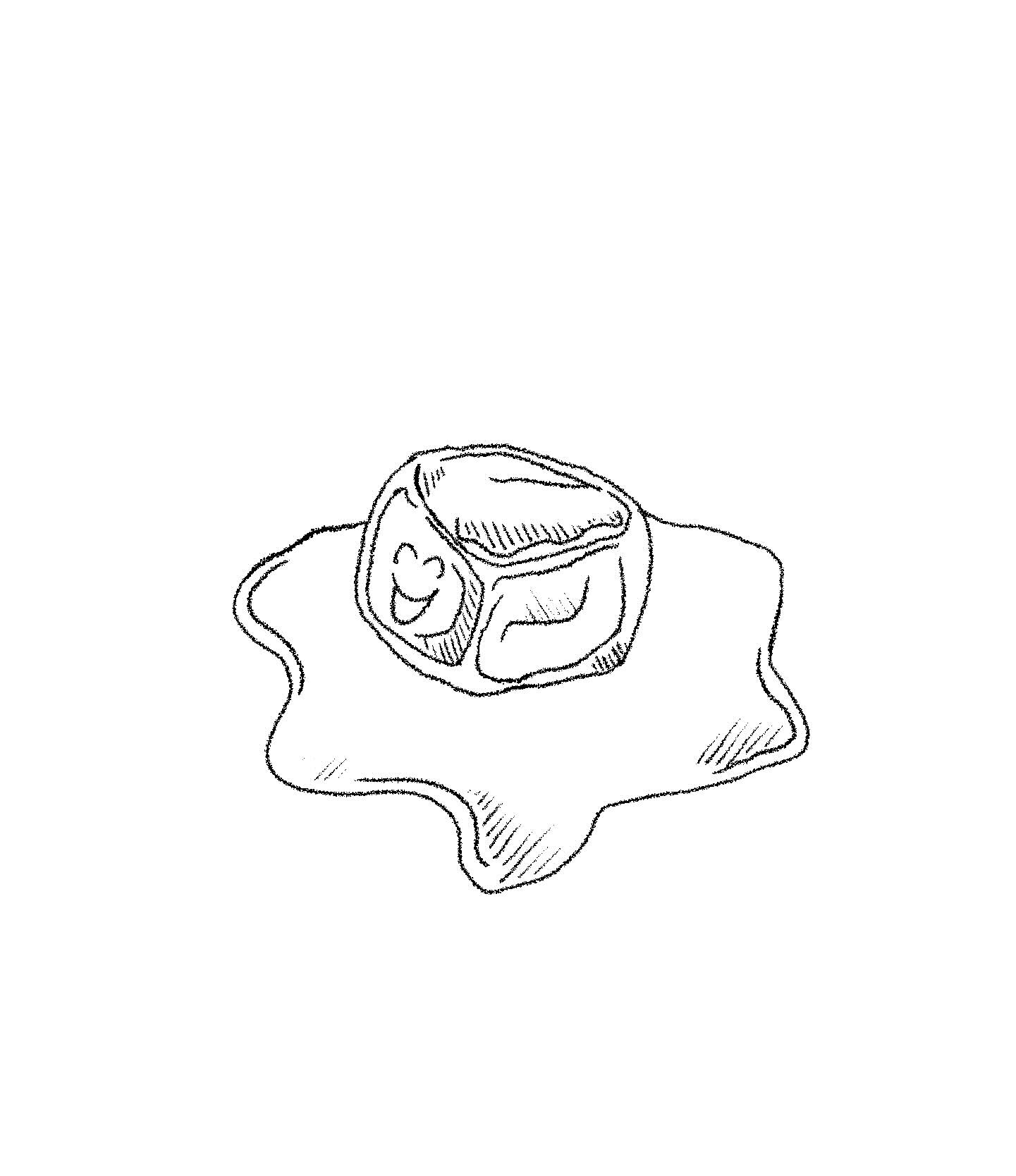
Over the centuries, there have been numerous theories to explain humor. How do Improvabilities, Office Hours and Purity Pact make us laugh, and why are our friends so outrageously funny? Philosophers have posited that feeling relief, feeling superiority or feeling surprise are what make us laugh. While each of these theories can explain much of our laughter, it is hard to make the case that any one of them encompasses all that is funny. Universal, all-encompassing rules are rare, but the fields of physics and chemistry have some to spare. No major philosopher has yet interpreted humor in terms of our physical world’s most universal rules: the laws of thermodynamics. Thermodynamics is the study of energy and disorder and can be used to predict whether a chemical reaction will occur—and, perhaps, whether a joke will elicit a laugh.
The second and third laws of thermodynamics deal with “entropy,” otherwise known as disorder. When something is structured and predictable, it is highly ordered. Ice is a highly ordered system, with all its water molecules bound in a repetitive pattern. As we know too well, predictability is not particularly funny. When I make a self-deprecating joke for the fiftieth time, my friends do not chuckle, nor do they even exhale sharply through their noses. If I am lucky, the best response I get is a smile. My self-deprecation is too predictable. Order is not funny, but neither is its opposite, disorder.
Liquid water exists in a more disorderly state than solid ice. When an ice cube falls on the counter, I try to clean it up as soon as I can, because it is messier once it has melted. In liquid water, the positions of the molecules are less predictable. Instead of being locked into a solid structure, they move about freely. Their positions are random and unpredictable.
Like water, I move about freely on late nights. Drained of all my energy after a long, hard day, I talk and move without thinking. I say nonsensical things and make unpredictable, spontaneous proposals which I abandon nearly as quickly as I came up with them. In the moment, I think those out of left field words and actions should be funny. But my friends find my total unpredictability more concerning than amusing. Disorder, too, is not funny.
Humor does not come from either of these states—order or disorder—but from the transition between them. Immanuel Kant theorized that humor is created when a predictable expectation turns to the unexpected. In thermodynamic terms, humor comes from the transition from order to disorder. In the physical world, when a system transitions from orderly to disorderly, energy is released. After weeks of being restrained and professional in our interactions, I make a raunchy joke, and my friend cackles. “That’s something I would say,” she exclaims, “but I never expected it from you. That is not a Zelia thing to say!” (No, it was not. I had not chosen my words carefully and was misunderstood.) After investing energy for weeks in choosing my words wisely and predictably, the payoff felt so good: Energy was released when order relaxed into disorder.
To set ourselves up for the energetic release of a good laugh, we have to invest energy into order. I laugh so easily with old friends because we have invested our attention in each other time after time. After spending night after night sitting with my old roommate in our common room, I can predict what she will say. Likewise, my friends and I have invested in regular, predictable Friday night dinners for over a year. Now, our weekly dinners are filled with chair-rocking, table-slapping guffaws because we built up an ordered rapport, Friday after Friday after Friday, that we proceed to tear apart with reckless abandon. And in a group with five people to make these disorderly transformations, the belly laughs come more frequently than they do in a one-on-one setting.
Greater numbers enable greater disorder. Entropy is related to the degrees of freedom something has. With five people there are more arrangements to sit down in, more orders to speak in, more relationships to play off of. In a one-on-one conversation, no matter how orderly, I can predict that either person A will keep speaking, or person B will interrupt or perhaps there will be silence. Likewise, with only two disorderly water molecules, there are only so many ways they can move. A can swap with B, or not. With more players, however, the game rapidly gets more unpredictable. In larger social groups, there are so many more conversational possibilities, so there is more potential for disorder.
A change in entropy is not a perfect model for humor. However, in applied science, we cannot wait for perfect models. Instead, we make some necessary assumptions and accept their limitations. I will keep investing in order and experimenting with groups and recurring dinners as long as my assumption holds true: Transformations from order to disorder are hilarious and make all the order worthwhile.
__
Seeking to build and grow your brand using the force of consumer insight, strategic foresight, creative disruption and technology prowess? Talk to us at +971 50 6254340 or engage@groupisd.com or visit www.groupisd.com/story
